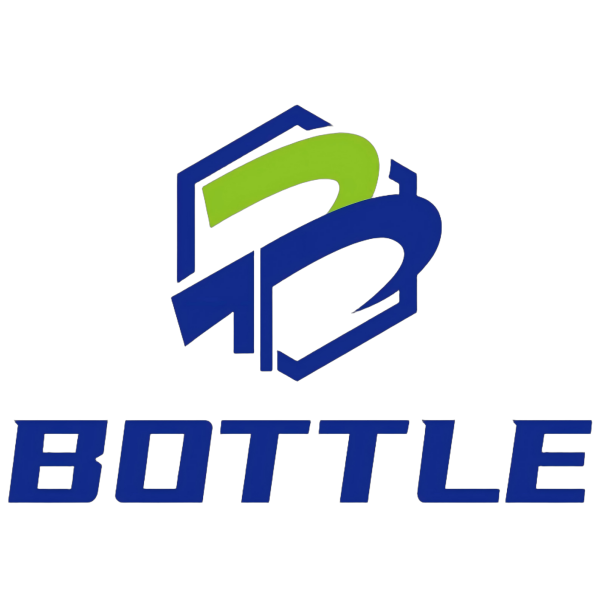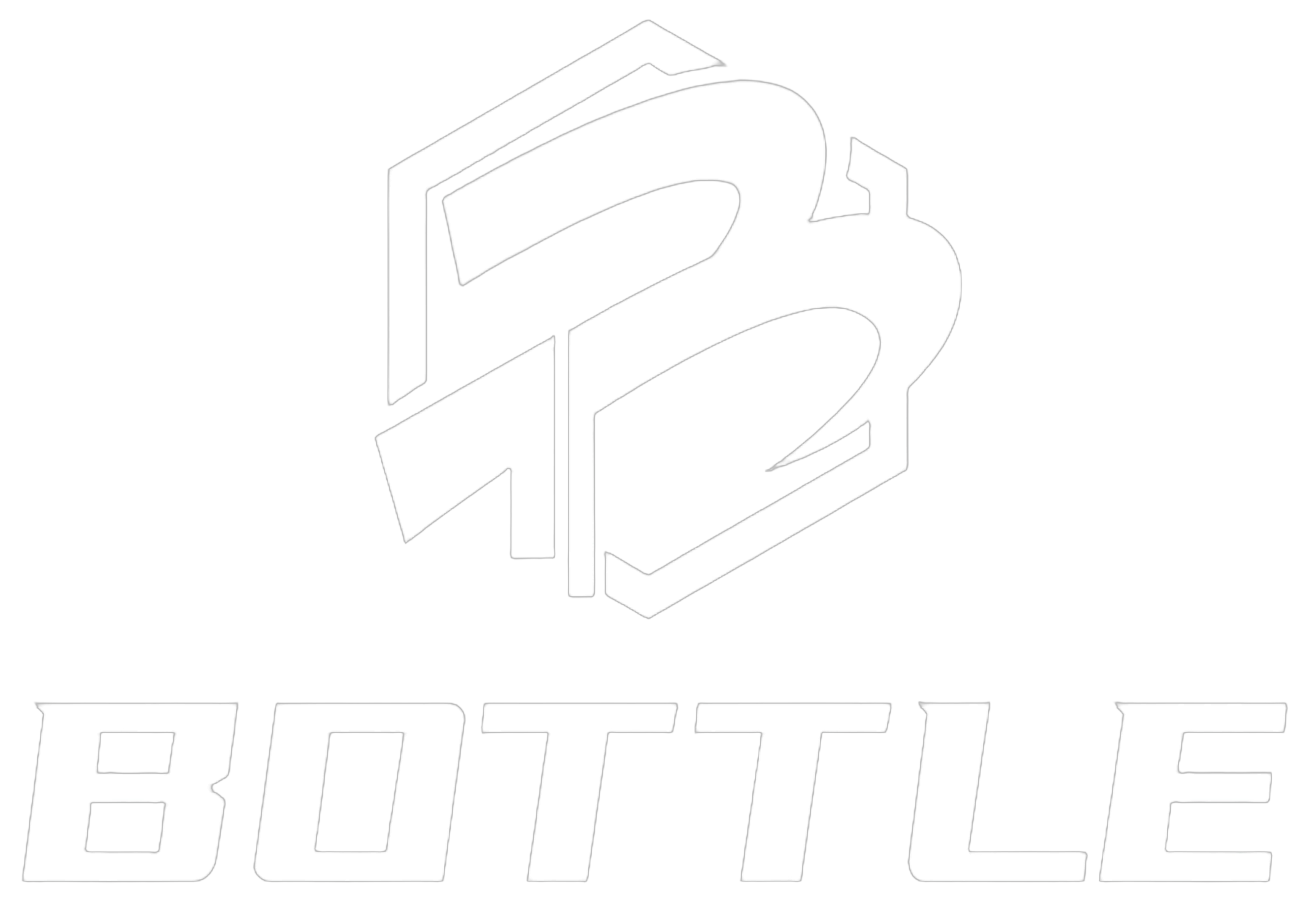Understanding Industrial Chain Selection for Maximum Performance
Selecting the right industrial chains for your specific application is a critical decision that can significantly impact operational efficiency, equipment longevity, and overall productivity. Whether you're working in manufacturing, material handling, or heavy machinery, the proper chain selection ensures optimal performance while minimizing maintenance costs and downtime. This comprehensive guide will walk you through the essential factors and considerations for choosing industrial chains that perfectly match your application requirements.
Key Factors in Chain Selection
Environmental Considerations
The operating environment plays a crucial role in determining the most suitable industrial chains for your application. Temperature variations, exposure to moisture, presence of corrosive substances, and dust levels all influence chain performance and longevity. In high-temperature environments, special heat-treated chains with appropriate lubrication systems are essential. For applications involving chemical exposure, stainless steel or specially coated industrial chains offer superior resistance to corrosion.
Consider also the cleanliness requirements of your environment. Food processing facilities, for instance, require food-grade industrial chains that meet strict hygiene standards and can withstand frequent cleaning procedures. Outdoor applications need chains that can resist weather elements and maintain performance despite exposure to rain, UV radiation, and temperature fluctuations.
Load Requirements and Speed Specifications
Understanding your application's load requirements is fundamental to proper chain selection. This includes both the maximum working load and the nature of the load – whether it's steady, shock-loaded, or involves frequent starts and stops. Industrial chains must be sized not just for the average load but for peak loads that occur during operation.
Operating speed is equally important, as it affects wear patterns and lubrication requirements. High-speed applications typically require chains with superior wear resistance and specific lubrication systems. The combination of speed and load also influences the chain's fatigue life and maintenance intervals.

Technical Specifications and Standards
Material Selection and Treatment
The material composition of industrial chains significantly affects their performance characteristics. Carbon steel chains offer excellent strength and durability for general applications, while alloy steel chains provide enhanced wear resistance for heavy-duty use. Surface treatments and coatings can further improve chain performance – zinc plating for corrosion resistance, case hardening for wear resistance, or special coatings for specific environmental challenges.
Heat treatment processes also play a vital role in determining chain properties. Through-hardened chains offer consistent hardness throughout, while surface-hardened chains combine a tough core with a wear-resistant exterior. Understanding these material properties helps in matching chain specifications to application requirements.
Dimensional Considerations
Proper sizing of industrial chains involves more than just matching pitch and width. Clearance requirements, space constraints, and compatibility with existing equipment all influence chain selection. Consider factors like minimum bend radius for applications involving changes in direction, and ensure adequate clearance for chain operation and maintenance access.
The relationship between chain size and sprocket configuration also affects system performance. Larger sprockets generally result in lower chain tension and reduced wear, but may not be practical in all applications due to space limitations or speed requirements.
Maintenance and Longevity Factors
Lubrication Requirements
Proper lubrication is essential for maximizing the service life of industrial chains. Different applications require different lubrication methods and frequencies. Automatic lubrication systems might be necessary for continuous operations, while manual lubrication may suffice for intermittent use. The type of lubricant must be compatible with both the chain and the operating environment.
Consider also the accessibility for maintenance when selecting chains. Some applications may benefit from self-lubricating chains or maintenance-free designs, particularly in areas where regular access for lubrication is difficult or impossible.
Wear Monitoring and Replacement
Understanding wear patterns and implementing appropriate monitoring systems helps in predicting maintenance needs and preventing unexpected failures. Chain elongation, wear at articulating surfaces, and signs of corrosion or damage should be regularly monitored. Establish clear criteria for chain replacement based on manufacturer recommendations and application requirements.
Consider implementing predictive maintenance techniques using modern monitoring tools to track chain condition and optimize maintenance schedules. This approach can significantly reduce downtime and extend chain life through timely interventions.
Cost Considerations and ROI
Initial Investment vs. Lifecycle Costs
While initial cost is important, the total cost of ownership should be the primary consideration when selecting industrial chains. Higher-quality chains may command premium prices but often deliver better value through extended service life and reduced maintenance requirements. Calculate the expected return on investment by considering factors like maintenance costs, downtime expenses, and replacement intervals.
Factor in the cost of associated components like sprockets and lubrication systems, as well as installation and maintenance labor costs. Sometimes, investing in premium industrial chains can significantly reduce overall system costs over time.
Performance Optimization
Proper chain selection directly impacts system efficiency and productivity. Consider how chain performance affects energy consumption, production rates, and product quality. High-performance chains may offer benefits like reduced friction, quieter operation, or better precision that justify their higher initial cost through improved operational efficiency.
Look for opportunities to optimize chain performance through proper sizing, installation, and maintenance procedures. Small improvements in chain efficiency can lead to significant cost savings over time, especially in high-duty applications.
Frequently Asked Questions
How often should industrial chains be replaced?
The replacement interval for industrial chains depends on various factors including operating conditions, maintenance practices, and application requirements. Generally, chains should be replaced when elongation exceeds manufacturer specifications (typically 2-3%) or when visible damage or wear threatens reliable operation. Regular inspections and monitoring help determine the optimal replacement timing.
What are the signs of chain failure?
Common signs of chain failure include excessive noise, visible wear or damage to chain components, unusual chain movement or jumping, increased power consumption, and excessive elongation. Regular monitoring for these indicators helps prevent unexpected failures and maintains system reliability.
Can industrial chains be repaired?
While minor repairs like link replacement are possible in some cases, it's generally recommended to replace the entire chain when significant wear or damage occurs. Repairs are typically considered temporary solutions and may not restore the chain's original strength and reliability. Always consult manufacturer guidelines regarding repair possibilities.


